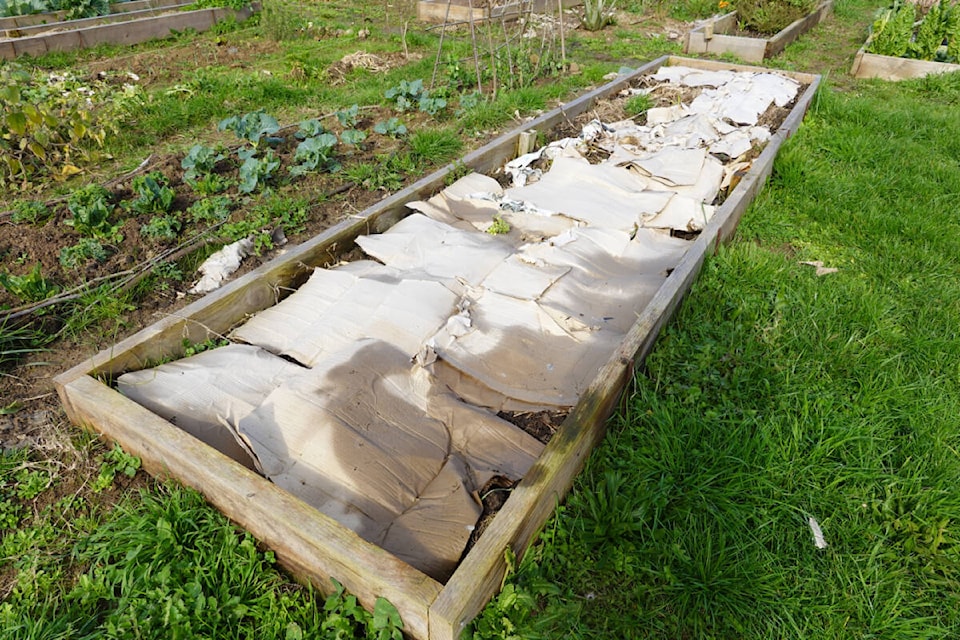Wildsight Kimberley/Cranbrook is a strong proponent of sustainability and local food, and with advice from their Sustainability Coordinator, Chad Kile, they are offering advice to those who may want to venture into growing their own food this summer.
The first bit of advice is, with our short growing season, grow what’s easy. Nights are cold in the mountains, and according to Kile, plants, especially root and fruit-bearing plants, don’t do well with that.
‘They need warm temperatures to maintain continuous metabolism throughout the day, and when it gets too cool, they switch off,” Kile said in his advice column. “Then it takes them much of the day to wake up and get growing again.”
Kile advises that spinach, kale, chard, lettuces are an excellent choice.
Second, grow what you like. Do a little research on your favourites, whether it be beans or tomatoes or squash, and give it a try.
Keep your expectations realistic. Or in others words, Kile says, keep them small. Keep in mind how much time you have to maintain a garden. Maybe start with a raised bed, even one or two plants on a windowsill.
And, learn while you grow. If you start small with the plants you like, you can grown along with them, Kile says.You are building knowledge as you watch your plants respond to various conditions. And there are resources and people available all over Kimberley and Cranbrook to offer advice. Local nurseries and garden centres, the Kimberley Community Garden and Cranbrook Public Produce Garden, as well as the Kimberley Edible Garden and Greenhouse in Townsite. These are opportunities to pick up a lot of knowledge.
Finally, Kile adds advice on soils, which are quite poor and rocky in this area.
• Dig a shallow outline or place a layer of cardboard over the footprint of your planned garden bed to suppress and destroy the weeds and grass underneath.
• Put down a thick layer of dead leaves — there are lots of them laying around, half-decayed right now — and mix them with as much compost and vegetable cuttings as you can find (the pile will decompose and compress over time).
• Put on a top layer of soil, as thick as the depth your plants’ roots will go.
The first year of growing might produce mixed results, but as you add supplements over the seasons and the bugs and microbes go to work breaking down all that organic matter, the whole mess will transform into a rich deep soil.
If you’d like to talk gardening with Chad, you can email him at chad@wildsight.ca.
